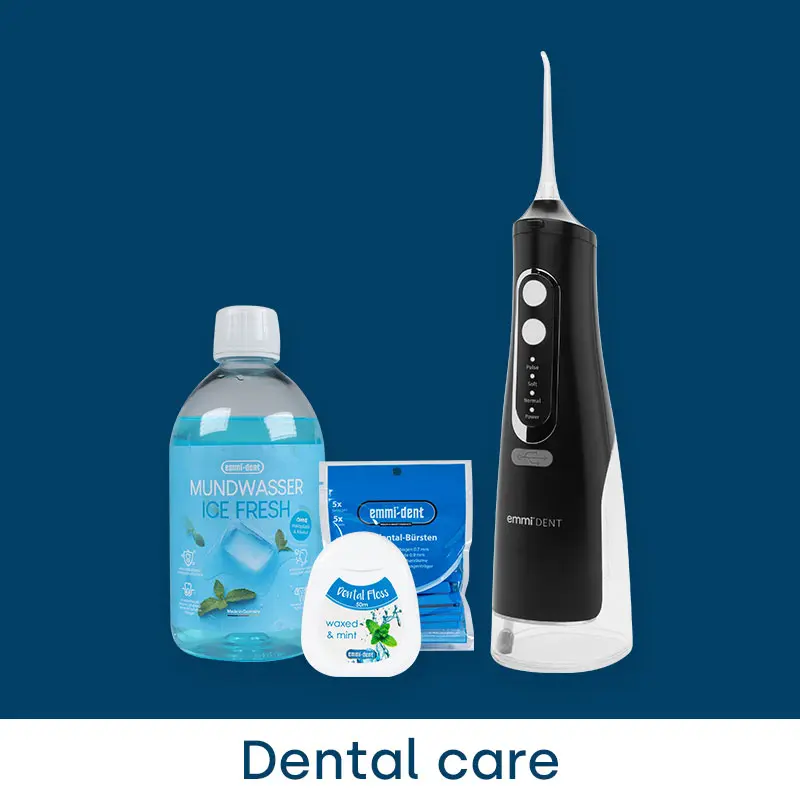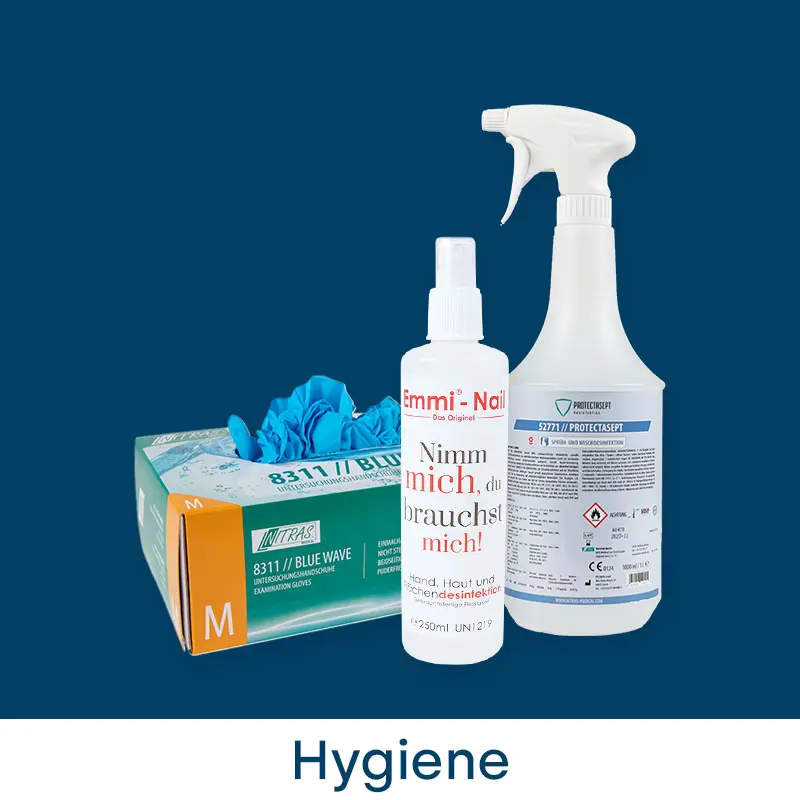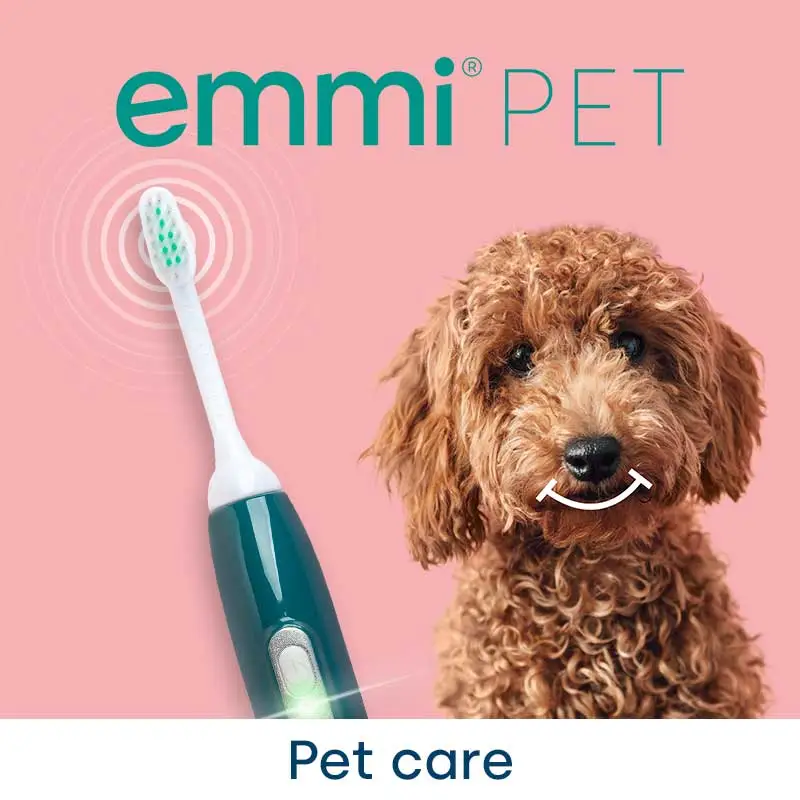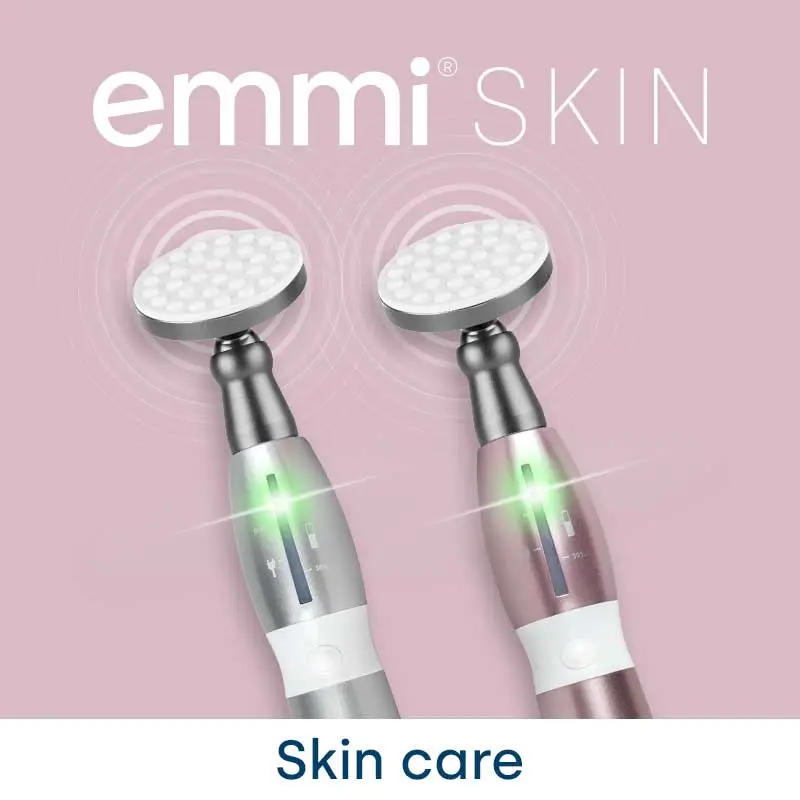
You are faced with an important decision: should your new braces be Invisalign or would you rather opt for traditional braces? A radiant smile can open doors and create real connections. But crooked teeth or gaps in your teeth could get in the way of your self-confidence. Don't worry, because there is a solution for every problem, and in today's blog post we want to finally shed some light on the subject and dispel any lingering prejudices.
Why a dental correction?
No matter what age - many people dream of straight teeth. Perhaps you feel the same way and missed the chance when you were younger or lacked the courage to have your teeth straightened. It's never too late! Modern orthodontics offers various ways to achieve your dream smile. In this article, we take a closer look at Invisalign and conventional braces.
Invisalign: Invisible and flexible
The special thing about Invisalign is the almost invisible method used to correct misaligned teeth. A special computer programme simulates the entire process and shows you how your teeth change step by step. Every fortnight, you will receive a new, transparent splint, which inconspicuously moves your teeth into the desired position.
Traditional braces: Proven and effective
For many, traditional braces symbolise childhood. Metal brackets and wires that sit firmly on the teeth and ensure the perfect smile through regular adjustments at the orthodontist. A more modern variant is incognito braces, which are attached to the inside of the teeth and therefore remain invisible.
Benefits of Invisalign:
- Discretion: You don't want everyone to see your teeth straightening? Invisalign is almost invisible.
- Comfort: No wires that pinch or prick.
- Flexibility: The splints are removable - ideal for meals or special occasions.
- Easy care: Oral hygiene remains uncomplicated, as the splints can be removed when brushing teeth.
But there are also disadvantages:
- Discipline: You have to be consistent and wear the aligners almost around the clock.
- Costs: Transparent aligners are often more expensive than traditional braces and are rarely covered by health insurance companies.
And what about traditional braces?
Proven, effective and often cheaper. However, regular check-ups are a must, and some people feel less comfortable with visible brackets.
Proper dental care with Invisalign: A must!
No matter which method you choose, proper dental care is crucial. You are always well advised to use one of our emmi-dent ultrasonic toothbrushes. It cleans thoroughly, is gentle on the gums and reaches even difficult areas. Below we have summarised some of the advantages of using ultrasound in conjunction with Invisalign:
Deep cleaning: Ultrasonic toothbrushes create millions of microbubbles that can penetrate the hard-to-reach areas between the teeth and under the gum line. This ensures thorough cleaning, which is particularly important when wearing Invisalign to prevent plaque build-up and tooth decay.
Effective against discolouration: Wearers of Invisalign aligners are often concerned about possible discolouration of the aligners. With an ultrasonic toothbrush, the teeth can be effectively cleaned of food debris and plaque, reducing the risk of discolouration of the aligners.
Gentle cleaning: Ultrasonic toothbrushes are gentle on the gums, reducing the risk of gum injury and irritation. This is particularly important for Invisalign wearers, as the gums can already be more sensitive due to the tooth movement process.
Reduction of bacteria: Ultrasound can also help to kill bacteria in the mouth. A clean mouth reduces the risk of bacteria accumulating between the aligners and the teeth, which reduces the risk of tooth decay.
Less cleaning effort: With Invisalign, it is important to thoroughly clean the teeth after each meal before reinserting the aligners. Ultrasonic toothbrushes can speed up this process by providing efficient cleaning in less time.
In conclusion, however, it is also important to emphasise that regular visits to the dentist and generally good oral hygiene are essential to achieve the best possible results with Invisalign or fixed braces.











